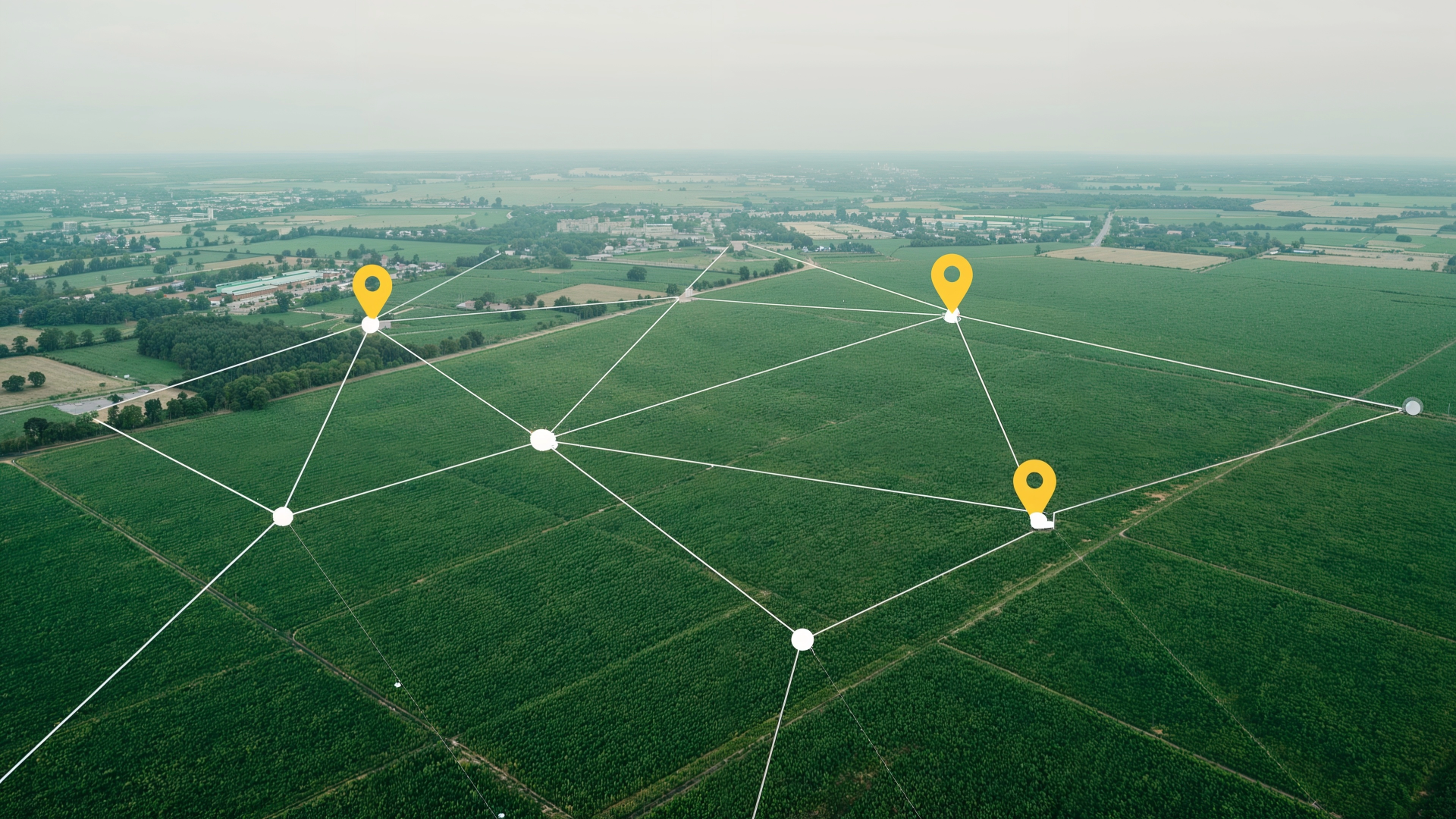AFM NEWS
What Is the Sales Comparison Approach?

Step-by-Step: How Brokers Use the Sales Comparison Approach
1. Define the Subject Property
The process begins with gathering detailed information about the subject tract:
- Acreage (gross and net)
- Location and access (proximity to highways, paved vs. dirt roads)
- Topography and soils
- Timber volume and age classes
- Improvements (fencing, barns, cabins, utilities)
- Zoning and land use restrictions
- Highest and best use (e.g., recreation, timber, agriculture, development)
A site visit is often critical at this stage, allowing the broker to observe factors not always evident in maps or aerials, such as wet areas, viewsheds, or access quality.
2. Identify Comparable Sales
The next step is selecting recent, relevant sales of similar land tracts. Brokers typically look for:
- Sales within the last 12–24 months
- Similar acreage range and land use
- Geographically close properties (same county or region)
- Transactions involving arm’s-length buyers and sellers
They draw from a variety of data sources, including:
- Internal sales databases and company records
- Public deed records and tax assessor data
- MLS or land-specific listing services
- Networking with other brokers and appraisers
3. Analyze the Comparable Sales
Each comparable sale is then analyzed in detail:
- Price per acre is calculated.
- Brokers note how features such as road frontage, utilities, timber value, or conservation easements may have impacted the sale price.
- Adjustments are made to reflect differences from the subject property. For example:
- If the comp had a well and septic system but the subject doesn’t, a downward adjustment may be made.
- If the subject property has superior access or better timber, a premium might be applied.
This step is both analytical and judgment-based, requiring knowledge of local buyer behavior and land value trends.
4. Determine a Value Range
After adjustments are applied, brokers narrow down the value range per acre and apply it to the subject property. For example:
- Comparable 1: $3,800/acre (after adjustment)
- Comparable 2: $4,100/acre
- Comparable 3: $4,000/acre
The subject property might reasonably be valued between $3,900 and $4,100 per acre, depending on which comps the broker gives more weight to.
5. Provide a Broker Price Opinion Report
The final BPO includes:
- A summary of the subject tract
- A map showing location and surrounding land uses
- A table of comparable sales
- Notes on adjustments and valuation logic
- A final estimated value or value range
The report may be informal (a letter or internal memo) or formatted like an appraisal-style report, depending on the client’s needs.
Why the Sales Comparison Approach Works for Land
Unlike income-producing properties where a capitalization rate might be applied, most rural land does not generate consistent income, it could be 15 years between income events. And cost-based valuation often doesn’t reflect market behavior for unimproved land. That’s why the sales comparison approach is the gold standard for valuing land—it reflects what buyers are paying for similar properties.
Final Thoughts
A well-researched Broker Price Opinion can provide landowners, investors, and lenders with confidence and clarity. It’s not just about plugging numbers into a formula—it’s about understanding the market, land use potential, and the subtleties that make each tract unique.
For landowners considering a sale or buyers evaluating an opportunity, a BPO by a qualified land broker using the sales comparison approach is one of the most practical tools available to assess value in today's rural land market.
Need a BPO for Your Property?
If you’re considering selling or investing in rural land, reach out to one of our professional land brokers at AFM Real Estate who understands your local market and can provide a customized Broker Price Opinion to help you make informed decisions.
